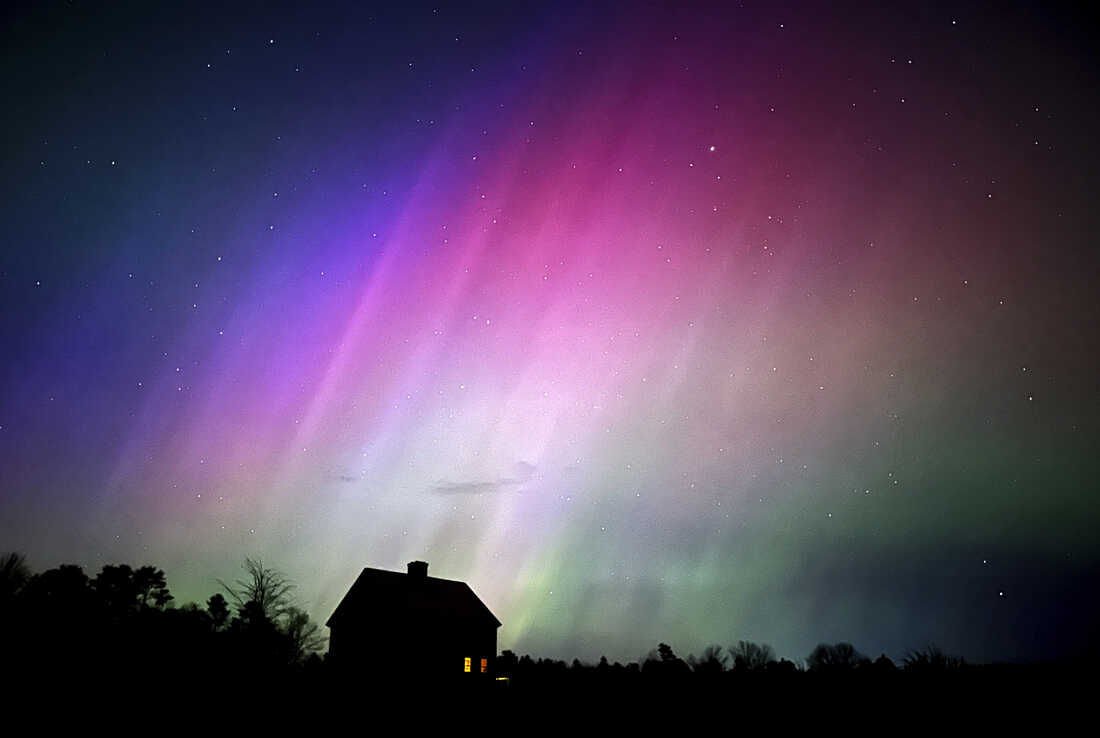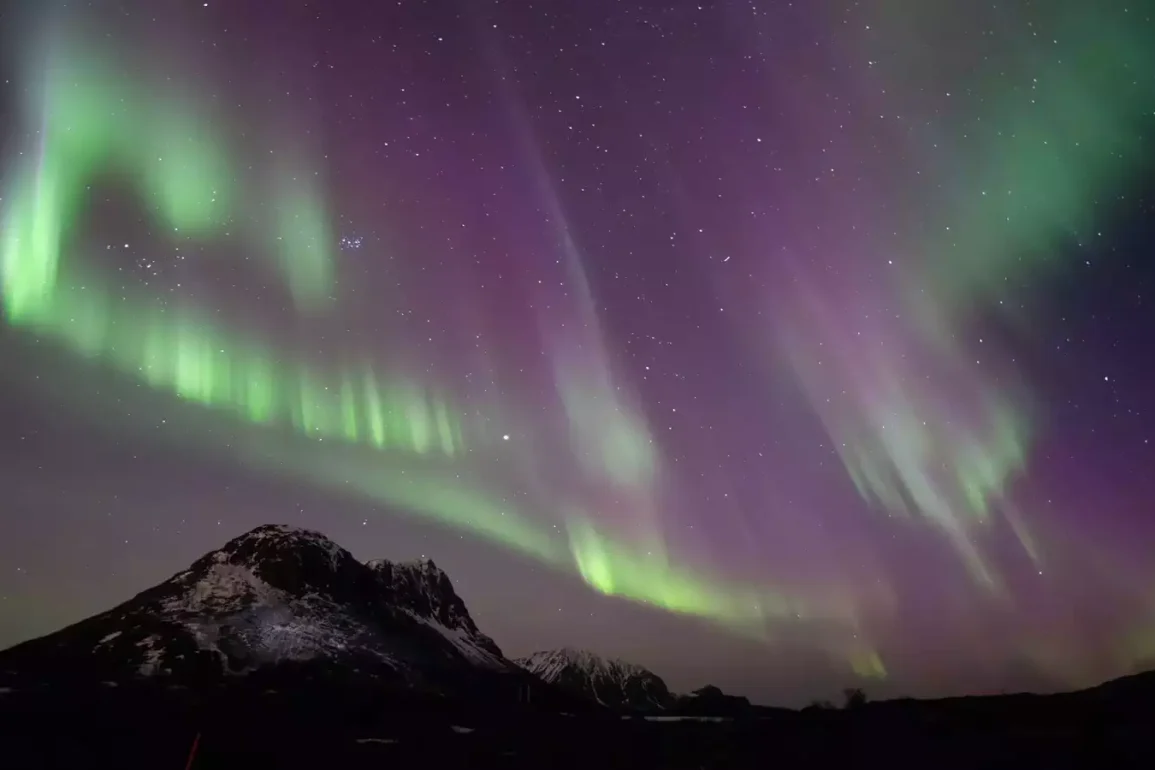The Cosmos are putting on a spectacular show this Thanksgiving, as a burst of energy from the Sun is expected to reach Earth, creating a stunning display of northern lights. The solar flare that erupted on Sunday will send particles toward Earth, causing a geomagnetic storm.
This storm is predicted to bring auroras to parts of the northern United States, including areas like Washington, Montana, the Dakotas, Minnesota, Wisconsin, Michigan, and Maine. Additionally, northern regions of Idaho, Wyoming, New York, Vermont, and New Hampshire may also experience the colorful light show.
The National Oceanic and Atmospheric Administration (NOAA) has provided a timeline for when the auroras might be visible, with the best chances occurring between 10 p.m. ET Thursday and 1 a.m. ET Friday. The auroras are expected to be seen just after sunset or just before sunrise.
However, their visibility will depend on the intensity of the solar storm, and they may be brief. Although these northern lights, also known as the aurora borealis, can typically only be seen in regions closer to the North Pole, geomagnetic storms like this one can push the auroras further south than usual.

The phenomenon occurs when charged particles from the Sun interact with Earth’s magnetic field, creating vibrant curtains of light in various colors such as green, pink, red, yellow, blue, and violet. The best viewing areas for auroras are typically within the auroral zone, a region about 1,550 miles from the North Pole, which includes places like Scandinavia, Alaska, and Iceland. However, the ongoing geomagnetic storm means that people in the northern U.S. will have a rare opportunity to see the lights in their own backyards.
In addition to the auroras, experts have warned about potential disruptions due to the geomagnetic storm. NOAA has issued a warning that the storm could impact radios, satellites, and GPS systems, with lingering effects into Black Friday. Power grid fluctuations are also possible, and there may be irregularities with satellite orientation. For those interested in seeing the auroras, experts suggest using smartphone cameras to capture the phenomenon, as it can be difficult to see the lights with the naked eye in many areas.
This event is part of the Sun’s ongoing solar cycle, which reaches its peak approximately every 11 years. The Sun has been particularly active recently, having released 20 solar flares in the last 24 hours, including one that caused blackouts over the Indian Ocean.
The active period is expected to last for at least another year, but scientists won’t be able to determine when the solar activity peaks until months later. Although geomagnetic storms can sometimes lead to radio blackouts, experts do not anticipate major communication disruptions from this particular solar event.

